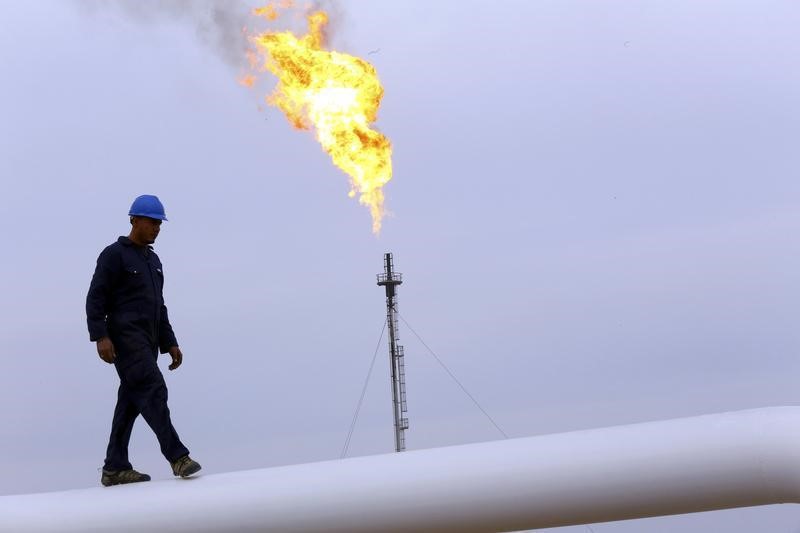(Bloomberg) -- With thousands of oil wells choking back or completely shutting off production, companies already are looking ahead to what may prove to an even bigger challenge: turning wells back on.
U.S. and Canadian oil producers are curbing as much as 4.5 million barrels of daily supplies, according to Plains All American Pipeline LP. In the U.S. alone, drillers have announced plans to halt more than 600,000 barrels of daily output this month and next, said Rystad Energy AS. Old-style, conventional wells were the first to go down and the closures are expanding to some of the horizontal gushers that represent shale drillers’ prize assets.
Although shutting down a well can be a relatively simple -- and even remote-controlled -- process, industry executives and their engineering teams aren’t altogether sure how smoothly an idle well can be restarted.
“When you shut in wells, especially for a long period of time, you have a lot of surprises,” Clay Bretches, an executive vice president at Apache Corp (NYSE:APA)., said during a conference call with analysts on Thursday. “Some of them are good and some of them are bad.”
Executives are careful about disclosing which wells are being curtailed -- which involves squeezing back on the volume of crude flowing out of the well -- versus those that are completely shut down. That’s because reversing a total shutdown presents a more challenging set of tasks and costs.
Houston-based Apache has shut about 2,500 wells, and Bretches said the company is taking “great pains” to make sure they’re being preserved. That includes preventing corrosion and maintaining equipment that sits atop the well in remote fields.
WPX Energy (NYSE:WPX) Inc., which plans to shut in a total of about 45,000 barrels of oil a day this month and possibly next, said it could be as simple as remotely opening up valves or speeding up electric pumps installed at the bottom of some wells. But the company cautioned against the expectation that it could be done quickly.
Restoration Costs
“It wouldn’t be as simple as ‘just give us a couple days and we’ll be back up running at 100%,’” said WPX Chief Operating Officer Clay Gaspar. “Anybody who says that, they’re probably short-changing their field organization just a touch.”
That’s why deciding whether to shut a well involves more than just comparing operating costs and oil prices, according to Rystad. Producers also must weigh the cost and mechanical difficulty of restoring those wells back to pre-curtailed volumes.
“When you start back up from the level we’re at, we do expect to have some start-up capital,” said Jeff Alvarez, head of investor relations of Occidental Petroleum Corp (NYSE:OXY)., which is shutting down about 5% of its production next month. “It’s things like, just when I spend $1 today, I don’t get production for a couple of months from that.”
Cimarex Energy Co (NYSE:XEC). said the obstacles to reopening wells mostly revolve around speed and costs, rather than any threats to the structural integrity of the rocks themselves. The Denver-based explorer held an internal technical session recently that looked at how its reservoirs would be affected by shut-ins, and the results showed that they were likely to be “just fine.”
Pipeline Capacity
“We think we’re in pretty good shape with our reservoirs to shut them in and bring them back when we need,” CEO Tom Jorden said during a conference call.
Oil companies aren’t the only ones who have to think about the long-term impacts of shuttered wells. Millions of miles of pipelines crisscross the continent to haul crude from the field to refineries and export terminals. As supplies drop, so does demand for pipeline capacity.
Pipeline operator Targa Resources (NYSE:TRGP) Corp. was asked Thursday if the wells its system serves would ever ramp up to previous volumes.
“I think for the most part, we’d expect the shut-in volumes to come back and perform well,” Targa CEO Matt Meloy said. “Could there be some older, really low-rate vertical wells ... which they shut-in and just don’t bring back? I think there could be some amount of those.”
©2020 Bloomberg L.P.
